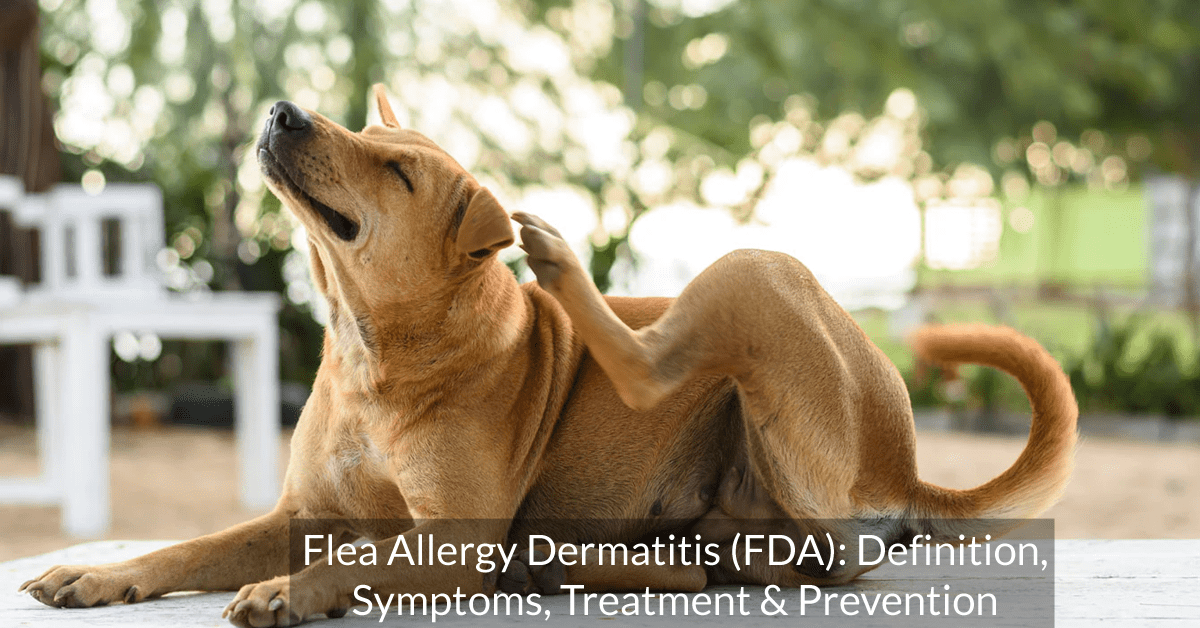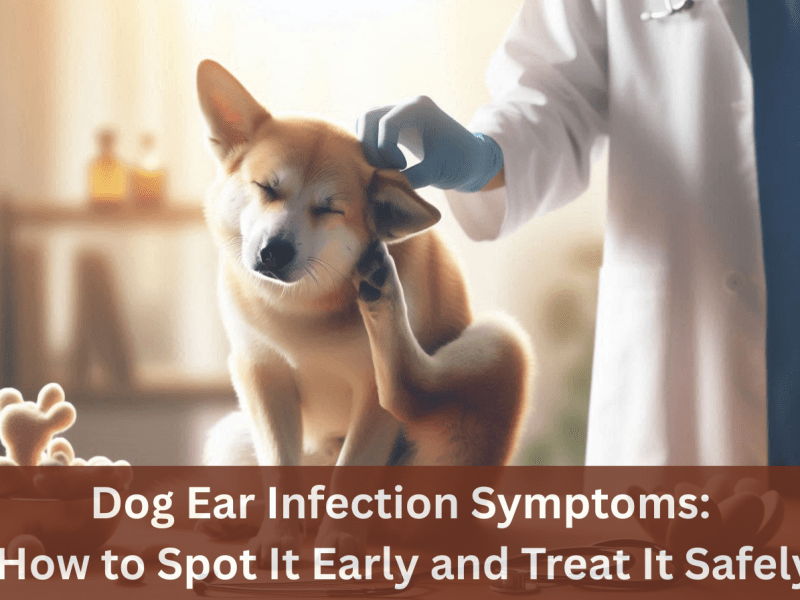Is your Dog spending a considerable amount of time scratching, itching, biting and licking the skin? If your answer is YES, your pet might have been infected with Flea Allergy Dermatitis. It causes complicated skin infections but with the right treatment, FAD is totally curable!
Flea Bites in Dogs causes Flea Allergy Dermatitis (FAD). It is a serious concern among all pet parents. Flea Allergy Dermatitis (FAD) causes skin infections and exposes your dog to complicated medical conditions.
If left untreated, it can put your pet’s life at risk. Clinical indicators, fleas’ presence, and the results of intradermal skin tests can all be used to make a diagnosis.
Nevertheless, Flea Allergy Dermatitis (FAD) is curable and preventable.
Are you a Pet Parent who wants to know about Flea Allergy in Dogs? Don’t worry! We’ve got you covered.
Our team at MyFurries have clubbed everything about Flea Allergy Dermatitis (FAD) for all the pet parents out there. Get to know about the major symptoms, prevention and recovery methods.
What is Flea Allergy in Dogs?
One of the most common causes of skin illness in Dogs is Fleas. Being external parasites, Fleas survive by consuming blood from the hosts. Since Dogs are warm and fluffy, their body provides all the right conditions for the Fleas to sustain.
When your Dog gets bitten by a Flea, it injects saliva into your pet’s skin, resulting in an allergic reaction. Such a skin disorder is known as Flea Allergy Dermatitis (FAD).
What are the symptoms of Flea Allergy in Dogs?
1. Irresitible Scratching & Itching:
One of the 1st symptoms of Flea Allergy in Dogs is scratching and itching. Usually, constant itching and scratching lead to open sores and cause complicated infections in Dogs.
2. Loss Of Hair:
Since Flea bites itch excessively, Dogs tend to lick and chew the infested region. As a result, loss of hair takes place in the lower back, tail and rear leg region.
3. Flea Dirt:
Flea Dirts are nothing but the faeces of the Fleas. It looks like grains of pepper and is sometimes mistaken for dirt specksIt’s very easy to notice on dogs with light coloured fur, however it may be tougher to find on dogs with dark coloured fur.
4. Flea Bites:
Flea Bites look like minute red sores, similar to other insect bites.Generally, the bites are most commonly found on the crotch, hind legs, back and elbow folds.
How to treat Flea Allergy in Dogs?
1. Bathe Your Dog:
Fleas can be removed from your pet’s fur with just lukewarm water and a light soap. Give your Dog a thorough bath and get rid of the Fleas.
2. Comb Your Dog’s Hair Using Tooth Flea Comb:
Flea Combs’ teeth are spaced judiciously to get through your Dog’s fur. It helps to remove flea dirt from the neck and tail areas smoothly.
How to prevent Flea Allergy in Dogs?
1. Keep Your Surrounding Squeaky Clean:
Keep your environment clean and regularly vacuum your carpet, floor crevices, cupboards and shelves as a part of the Flea eradication measure. Especially, give more attention to your Dog’s favourite zones in the house.
Plus, wash your pet’s beddings with soapy water for extra protection.
2. Oral & Topical Flea Medications:
In the form of small and chewable tablets, Flea Pills are carefully manufactured to quickly kill fleas and ticks on a monthly basis. On the other hand, Topical Flea Medication needs to be applied to the skin.
Conclusion:Although Flea Allergy in Dogs can prove to be uncomfortable, the condition is curable and preventable. Nevertheless, if left untreated, Flea Allergy can have a severe impact on your Dog’s life. Hence, it is important to reach out to a veterinarian at the right time to keep your Dog in sound health.
CTA:
Subscribe to MyFurries’ Blog & Start Your Journey Of Being An Awesome Pet Parent!



